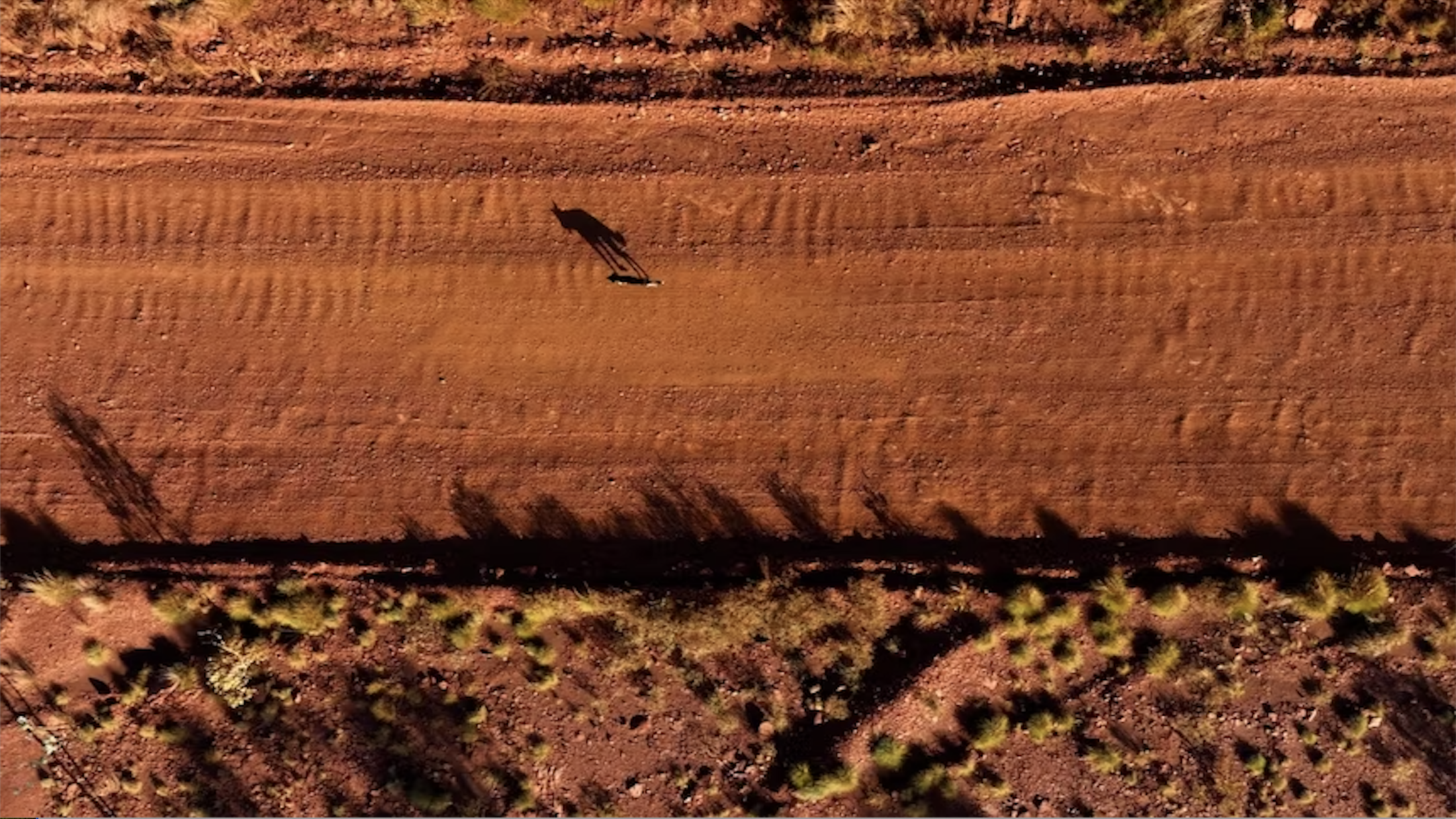
Dingoes Impact on
Invasive Species
Dingoes are apex predators in Australia, playing an important role in maintaining a balanced and healthy ecosystem. They achieve this by controlling herbivore populations like kangaroos and goats, as well as competing with and preying on smaller introduced predators such as red foxes and feral cats. The absence of apex predators, such as dingoes, can lead to unstable food web pathways, causing over-abundance of prey species, heightened plant consumption, and adverse effects on native plant communities, reducing habitat and food for smaller animals.
Australia’s most damaging invasive species include; feral goats, feral pigs, the red fox, feral cats and the European rabbit. According to the Australian Government Department of Environment and Heritage, invasive species cause damage to soils, native plants and animals. Current control practices for invasive species are, at the landscape scale, largely ineffective with widespread ecological damage reported throughout the scientific literature.

Feral Goats
Today, there is estimated to be 2.3 million feral goats occurring across Australia and they are estimated to impact 116 threatened species. Feral goats can reduce the diversity of native plant species through overgrazing and can prevent the regeneration of some plants, while allowing grazing resistant plants to replace original forest. Their hard hooves and grazing contributes to soil erosion. They also compete with native animals for resources including food, water and shelter.
Currently, goats are controlled through mustering, trapping at water sources, aerial shooting, ground shooting and exclusion fencing. Despite this, populations have persisted and are increasing in areas around Australia.
Dingoes impact on feral goats
Dingoes have been found to eradicate feral goats across Australian environments. Landholders for Dingoes research consistently found across three different properties that dingoes totally eradicated the feral goat populations across each landscape.
Dingoes have been identified as a good biocontrol option for feral goats given they are easy prey for dingoes and populations generally do not survive in dingo territory.
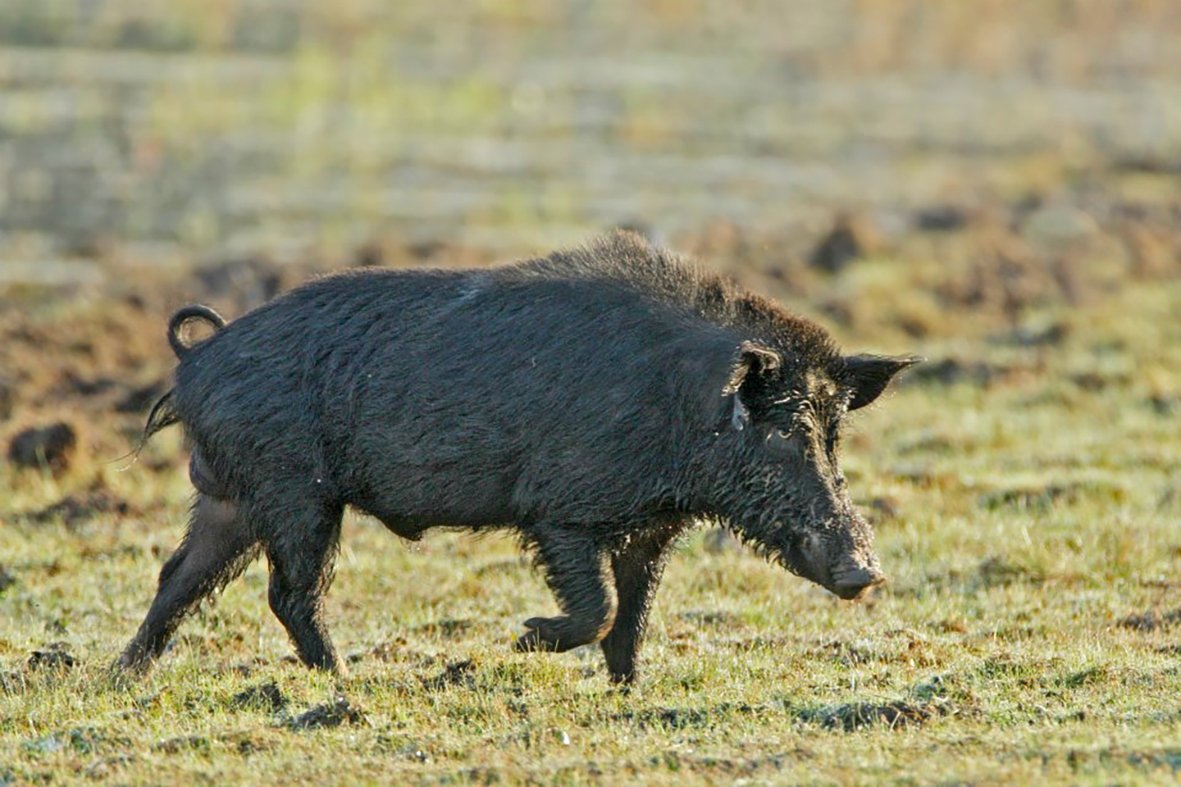
Feral Pigs
Feral pigs affect 150 threatened species and destroy vast areas around wetlands and river systems. Pigs cause ecological damage through their selective feeding, trampling and rooting for plants and invertebrates. They also compete with native wildlife for available resources including food, water and shelter and actively prey on a number of wildlife species and their eggs.
Currently, feral pigs are targeted through poisoning campaigns, trapping and shooting. 1080 poison is commonly used to control pigs. However, 1080 has been found to impact non-target species, and has negative impacts on the environment. 1080 also has a negative impact on dingo populations and is used across the continent to kill dingoes. Despite current control methods, pig numbers have persisted and experts speculate that in some areas their numbers have tripled.
Dingoes impact on feral pig populations
Dingoes are known to prey on feral pigs in Australia. They are able to kill piglets, subadults and solitary adult sows. Landholder observations indicate that stable dingo family groups can reduce the number of feral pigs present in an environment. Suggestive correlations have been identified between the presence of dingoes and the absence of pigs. Notably, in arid regions, there is minimal overlap, except in areas where dingoes are scarce.
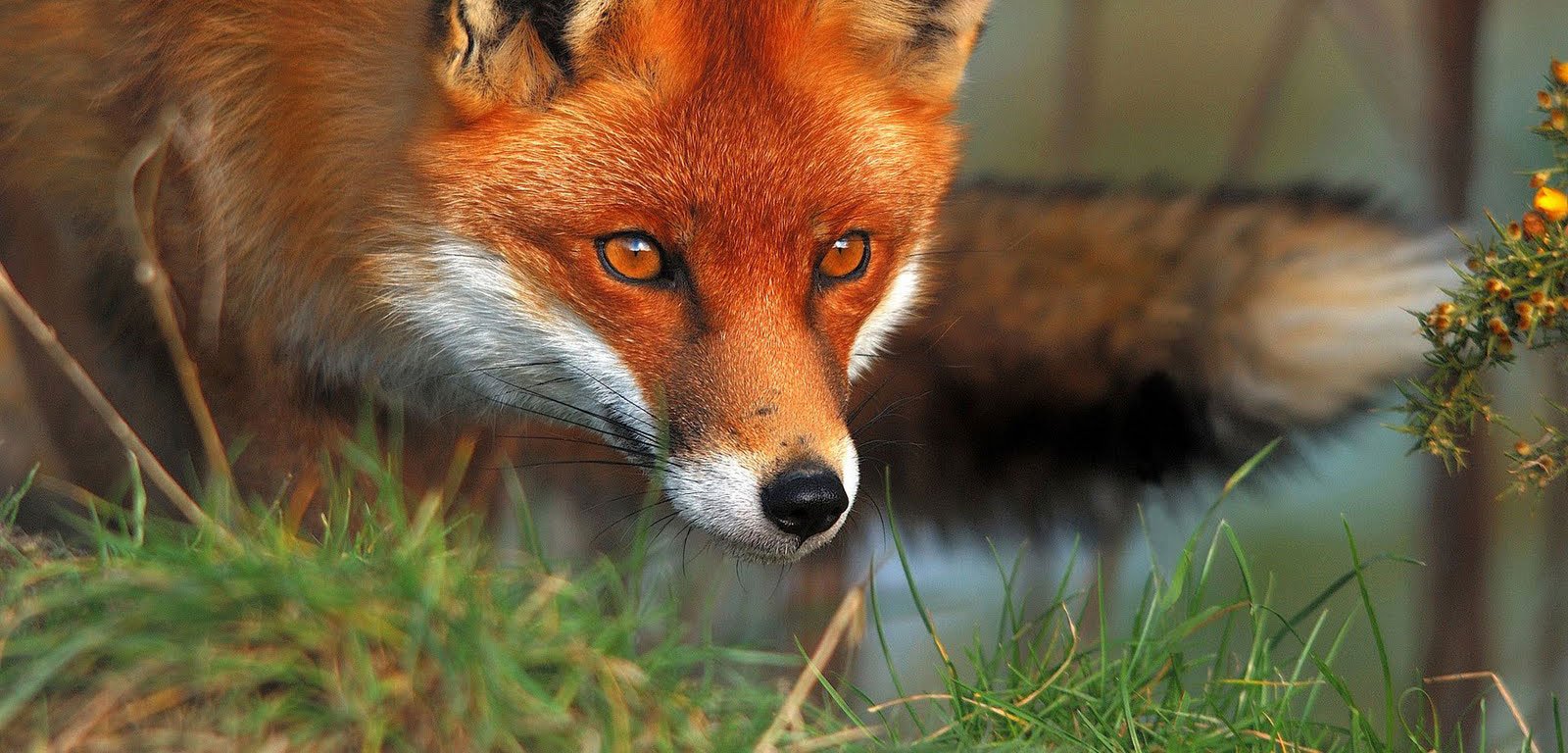
European Red Fox
The European red fox is said to impact 95 threatened species across Australia, posing a predation risk to small mammals and birds. Governments have put significant effort into eradicating foxes through both trapping and poisoning programs with limited success.
Foxes are currently targeted with trapping and shooting, 1080 poisoning and bounty programs. 1080 poison has been found to impact non-target species and is also used specifically to target dingoes, who can successfully suppress fox populations. Despite current control methods in place, fox populations persist.
Dingoes impact on
the European red fox
Dingoes negatively impact foxes in two ways. First, they directly confront and sometimes kill foxes in certain areas, reducing their numbers and activity. Second, as top predators, dingoes have an advantage over foxes when it comes to hunting for prey, including scavenging on carcasses.
A 2020 study found that dingoes have a stronger suppressing effect on fox populations compared to efforts to poison foxes. The research showed less dingo activity in areas where bait was used, but there was an increase in fox activity. This suggests that eliminating dingoes could potentially work against conservation efforts by allowing fox activity to increase.
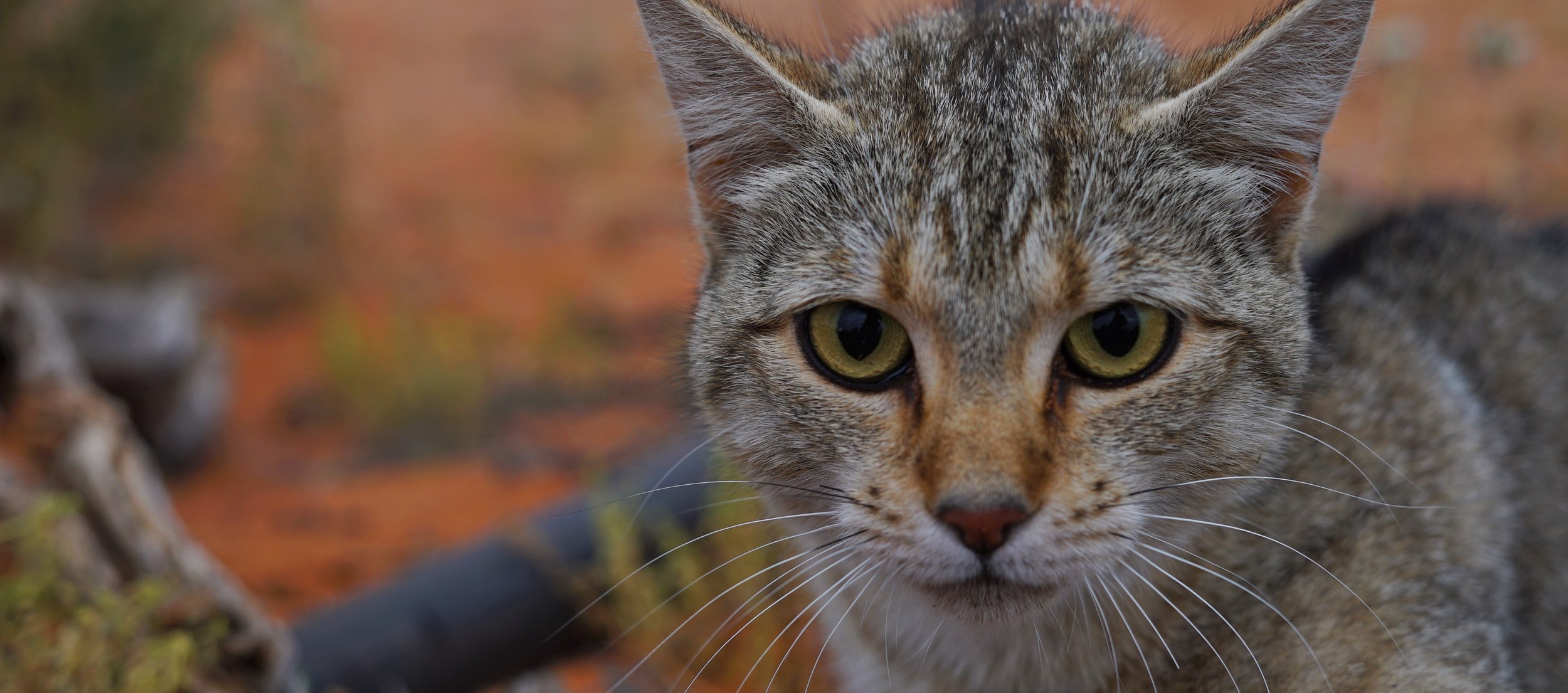
Feral Cat
Feral cats impact 123 threatened species and are particularly problematic for small to medium-sized native mammals. They also impact various threatened birds and reptiles through predation.
Currently, feral cats are targeted with trapping and shooting (utilising both cage and foot hold traps) and poisoning, including with 1080 poison. Despite these efforts to control cats, their populations persist.
Dingoes impact on feral cats
While the impact dingoes have on foxes is very clear, the dynamics with cats are more intricate. A 2018 study found only a slight negative impact of dingoes on cats, highlighting that the relationship between dingoes and cats depends on the situation. The interactions between dingoes, cats and foxes contributes to this complexity. Foxes, competing with cats for food, tend to harass and kill cats when opportunities arise. The consistent increase in fox populations after dingo removal clarifies why cats remain suppressed in the absence of dingoes.
One study which looked at either side of the infamous dingo fence, found that cat numbers were consistently lower on the side of the fence where dingoes are common.
Cat abundance was 5.2 times higher inside the dingo fence, where dingoes are heavily targeted and virtually absent. On the outside of the dingo fence, dingo populations were 64.5 times higher and the abundance of prey animals, including the hopping mouse, was found to be more than 10 times higher.
Another paper reports an increase in cat populations after the removal of dingoes through a 1080 poisoning campaign.
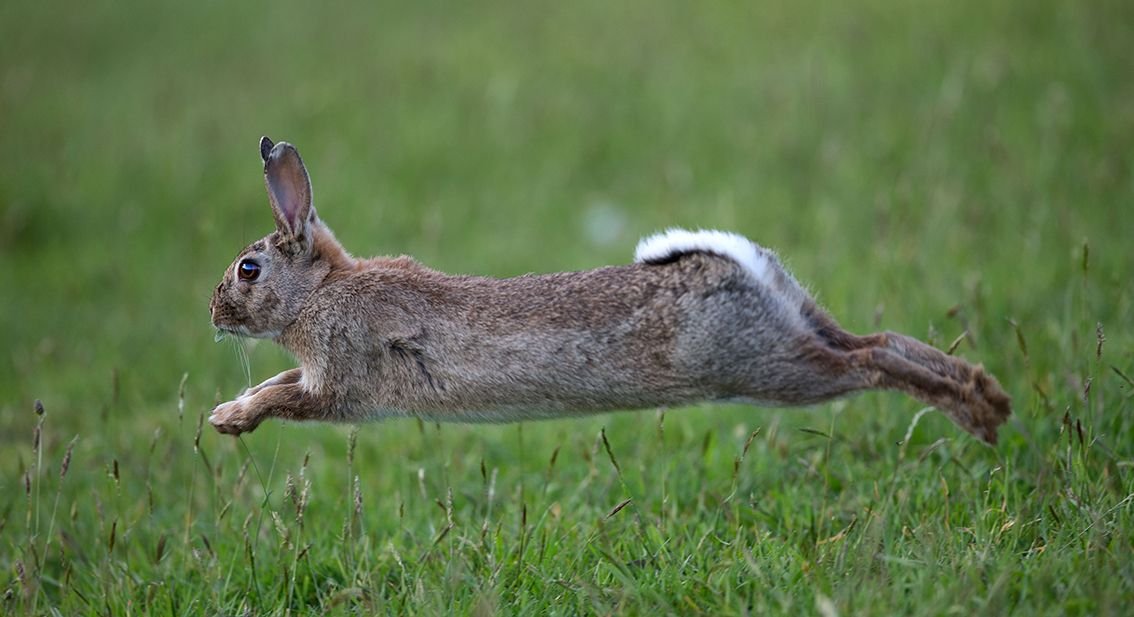
European rabbit
European rabbits are said to be the most destructive non-native species in Australia, impacting 300 threatened species (including both plants and animals). It is estimated that there are currently 200 million rabbits inhabiting 70% of Australia’s landmass. Rabbits impact plants and can impact their regeneration through eating the seedlings. They also compete with native grazing animals for food.
Rabbits are currently controlled through hunting and the release of a virus known as myxoma, a rabbit specific virus in south-eastern Australia.
Dingoes impact on rabbits
Dingoes are important predators of rabbits, especially in arid regions, which has been indicated through dingo scat analysis. However, the impact of dingoes on rabbit populations varies depending on the context. Some studies suggest that removing dingoes doesn't necessarily lead to a significant rise in rabbit numbers. This could be because other predators like red foxes and feral cats also target rabbits and compete with dingoes for this prey. In areas where dingoes are absent, the lack of an increase in rabbit populations might be attributed to heightened predation by foxes and cats in the absence of dingoes. Further research is needed to better understand the complex nature of this multi-level trophic interaction.

Saving money and time while reducing the need for poisons in our environment
Invasive animals are having widespread negative impacts on Australia’s native wildlife and environments. In many cases, longstanding control methods have ultimately failed to achieve the desired outcome of removing these invasive species from the landscape.
One practical solution suggests using dingoes in the landscape to moderate the effects of invasive species as a method to improve conservation outcomes for native species. Harnessing the conservation potential of dingoes requires a shift in the way we think about these problems in Australia. The first step to realising this is to ensure that dingoes are protected and, in some cases, reintroduced into areas where humans have removed them.









